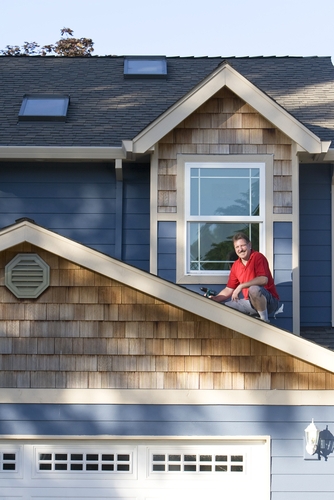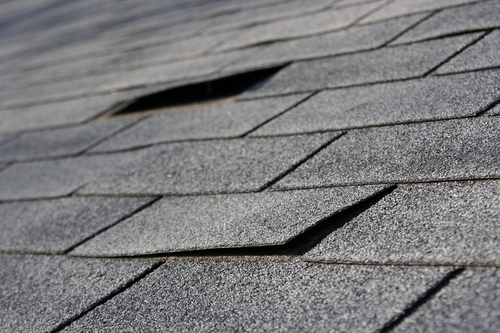
Investigation revealed that Lemon Construction built the home with a poorly constructed roof, which did not hold up in the first major rainfall of the year. After discovering the flood, the Johnsons immediately hired a friend who was a roof installer to repair and finish their roof. The Johnsons also promptly notified their insurance carrier, which agreed to cover the cost of the roof repair. The Johnsons’ insurer also immediately hired a company to restore the second floor of the home. Two months later, when repairs were almost complete, the Johnsons and their insurance carrier decided to file suit against Lemon Construction.
In the above hypothetical, did the Johnsons and/or their insurer create a legal obstacle in the planned action against Lemon Construction?
Unfortunately for the Johnsons, California’s "Right to Repair Act" will likely be used as a defense by Lemon Construction because they were not given the opportunity to inspect and offer to repair the home prior to commencing repairs.
California is one of many states that has enacted laws requiring a homeowner to follow certain procedures prior to filing suit against a builder based upon construction defects. California’s "Right to Repair Act" applies to residential units sold on or after January 1, 2003. The Act governs cases "seeking recovery of damages arising out of, or related to deficiencies in, the residential construction, design, specifications, surveying, supervision, testing, or observation of construction…" Regarding the hypothetical above, the Act applies to alleged violations of the following standard: "[r]oofs, roofing systems…shall not allow water to enter the structure…"
The Act sets forth various pre-litigation requirements which center upon the homeowner (1) giving the builder sufficient notice of a potential claim which states the alleged violation of the Act, and (2) allowing the builder the opportunity to inspect and repair the alleged violation prior to commencing suit.
The main difficulty in following the Act’s pre-litigation procedures is best illustrated by the Act’s requirements in Civ. Code Sections 916 & 917. Section 916 allows a builder 14 days after receipt of a homeowner’s notice of a claim to complete an "initial inspection" of the residence. Section 917 provides that "[w]ithin 30 days of the initial or, if requested, second inspection or testing, the builder may offer in writing to repair the violation." Read together, a builder could easily wait two months before even deciding whether to undertake repairs. Strict adherence to these rules could leave homeowners like the Johnsons in limbo.
In the Johnsons’ situation, Lemon Construction will argue a failure to adhere to the Act’s pre-suit requirements. The remedy provided in the Act, however, does not lend Lemon Construction any support. Per Civ. Code Section 930(b), if a claimant "does not conform with the requirements of [the Act], the builder may bring a motion to stay any subsequent court action or other proceeding until the requirements of this chapter have been satisfied." In another words, Section 930(b) gives a builder the opportunity to stop a lawsuit to inspect and then choose to repair a home.
But what if the repairs have already been started or even completed? In these situations, the Act is silent, and there has yet to be any guidance from the California courts on this issue. If Lemon Construction asserts a defense based upon the Act, the Act’s lack of any remedy for those who have started repairs may be a viable response.
Nonetheless, if possible, the Act’s pre-litigation procedures should be followed to avoid the Lemon Construction defense. The builder should be given (1) notice of the alleged violation and (2) the opportunity to inspect and repair. If, however, repairs are already underway or completed, nothing in the Act or any related case law technically prevents the homeowner or their carrier from pursuing the builder.




